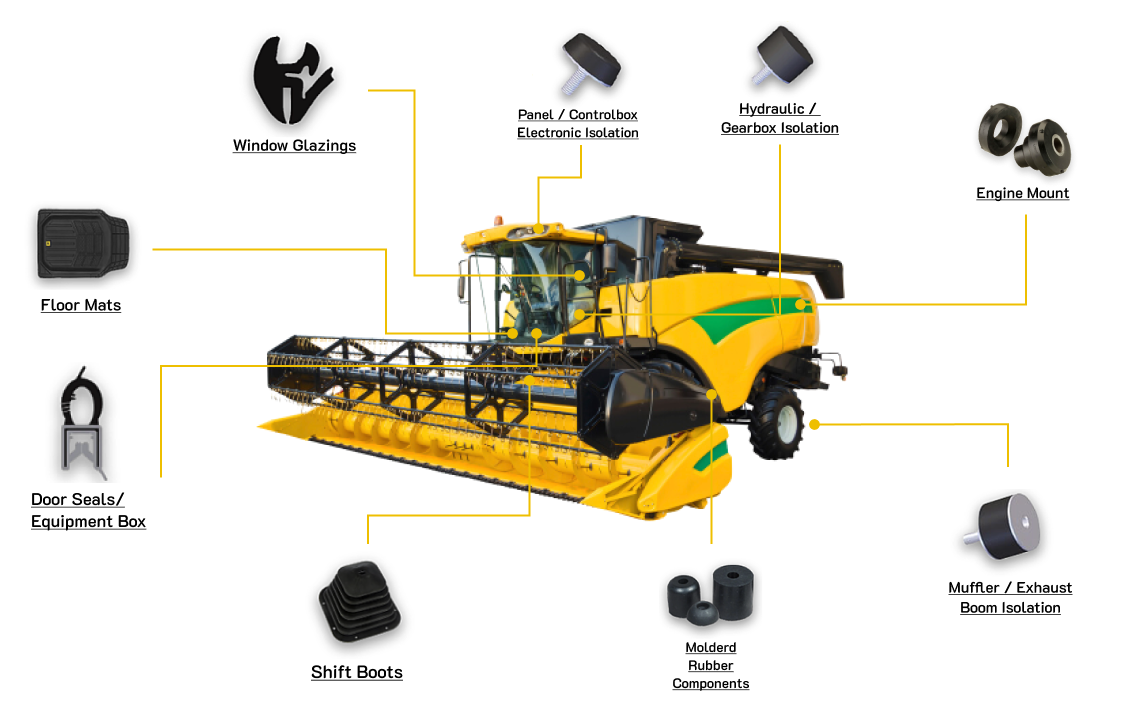Using Rubber in Agricultural Equipment
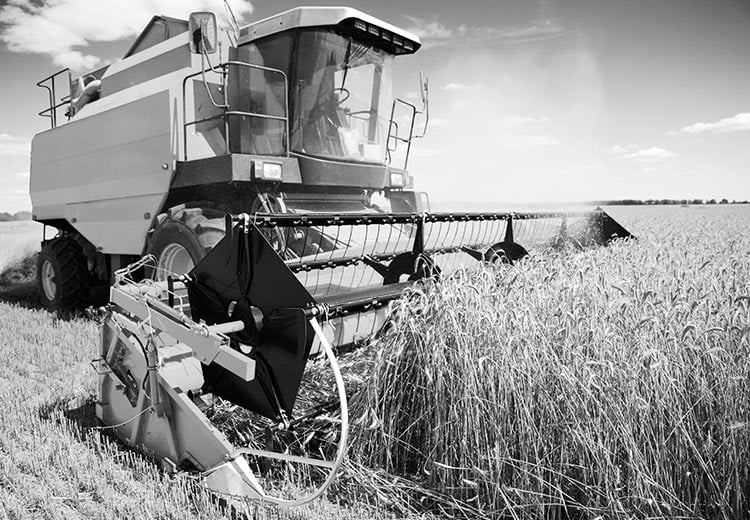
Farming is a time-sensitive occupation. Crops have specific windows of time that they can be planted and harvested. This is why it is so important that farming equipment works when needed. A faulty machine can result in missing important deadlines and potentially impacting total crop yield.
One way to improve longevity and reduce repairs is by utilizing protective rubber parts to ensure that critical components are protected against noise, vibration, and harshness. These components act as a buffer between heavy vibration and crucial parts, such as an engine, metal-to-metal contact, sensors, or critical electronics. Want to learn more? Check out our Off-Road OEMS Guide.
Continue reading to learn more about how rubber is used in agriculture equipment, as well as the needs and trends in the industry.
For high-quality rubber parts, you can count on, trust RPM Industrial Rubber Parts. Give us a call at (888) 842-5668 or contact us online. Our experts are ready to help.
Many of us don’t know the role that rubber parts play in heavy-duty off-highway equipment. However, without those rubber parts, most equipment would not be able to function the way they are supposed to.
Consider engine mounts, for example. Engine mounts are typically placed underneath and around the engine. They absorb the vibration and disturbing frequencies that come from the engine, reducing strain and damage that could be caused to surrounding parts. Here are some of the benefits of using engine mounts.
- Reduces vibration-induced pain in equipment operators
- Increases the durability of the equipment
- Reduces necessary repairs and replacements
- Lowers noise emission
- Increases machine precision and task efficiency
- Reduces OEM warranty costs
- Keeps equipment running longer = more productivity = more profit
Rubber mounts can be used in a variety of ways, not just in engines. They are used for suspension systems, seats, steering, and more. Want to learn more about rubber mounts? Take a look at our blog: What is a Rubber Sandwich Mount?
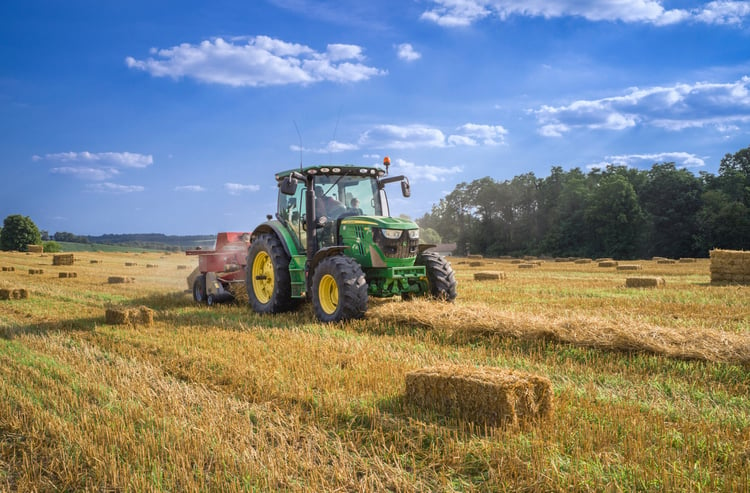
Equipment Needs in Small Versus Large Farms
Generally, farms of all sizes use the same sort of equipment. This could include:
- Tractors
- Wheel loaders
- Plows
- Balers
- Combines and harvesters
- Backhoe
- ATVs
- Crop sprayers
These are only a few common agricultural machines. Depending on the farm’s crop, specialized equipment may be necessary, such as a mechanical tree shaker.
Although many farms use similar equipment, the needs are different. According to the US Department of Agriculture, small farms (profits of less than $250k) account for 91% of all farms in the United States. However, large farms (profits of more than $250k), account for 85% of agricultural production.
Small farms are looking to optimize acreage and grow commodities that require little labor. This means that equipment needs to be durable and reliable. Additionally, equipment that can maximize productivity and perform multiple functions is the way to go on small farms.
Large farms, on the other hand, may be more interested in innovative equipment. These farms are more likely to be able to purchase equipment that can complete one or two specialized tasks. While productivity is still key in this situation, newer, more advanced equipment is more accessible for large farms. Increasing productivity in farming equipment means increasing the quality of the product. When rubber vibration control products are implemented into agricultural machinery, they last longer and become more efficient. Whether using a standard tractor or the newest, most technologically advanced combine, farms are looking for durability that lasts.
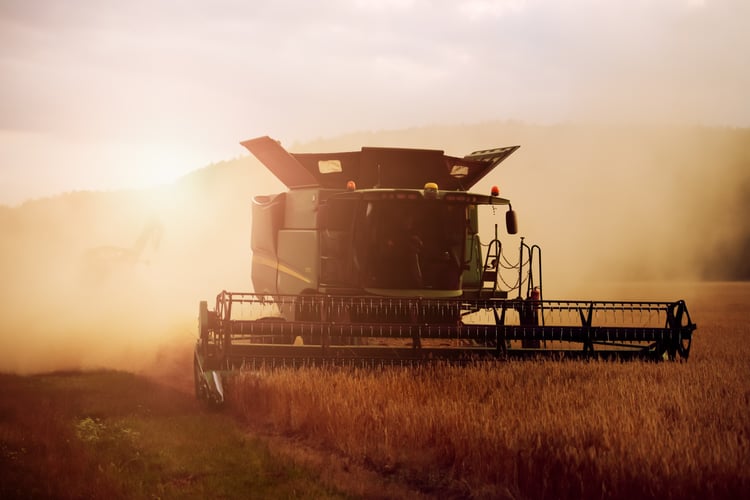
Equipment Trends in Agriculture
With an increasing world population growth, our ability to feed billions of people relies on the improvement of agricultural equipment so that farmers can produce higher yields. Incredible technological breakthroughs are happening in this industry – although some are more accessible than others. Take a look at these exciting trends in farming machinery:
Autonomous Agriculture Robotics
The use of robots in agriculture and farming is growing. These autonomous machines do the work that farmers and their staff just don’t have time to do. Here are only some of the tasks that robots are being designed to accomplish:
- Weeding
- Crop picking
- Pest and disease detection
- Seed planting
- Soil sample collection
With autonomous farming robots, farmers have more time to complete more intensive tasks. While some of these robots are a long way from becoming a reality, others are already available.
Many of these robots utilize a variety of sensors to learn about the environment around them. This could include visual sensors that help them follow planted rows or to detect water and air pressure changes. Sensors can become easily damaged when they are not protected. Providing shock and vibration control rubber parts for sensors will ensure long-term function.
Technologically Enabled Machinery
There has been an increase in agricultural machinery that is enabled by technology. Typically, this means that the equipment gathers data on weather, total time using the equipment, levels of sun, and more. Farmers can then use this data to inform their planting and harvesting schedule.
Some agricultural machines use software to complete specific tasks. For example, OEM Off-Highway reports on a variable rate fertilizer machine that changes the rate of spraying based on field locations. The equipment uses the software and GPS to do this.
While it doesn’t seem like much, this kind of technology can dramatically improve crop yield and decrease product waste. However, unlike autonomous vehicles which are typically small and do not require a large, if any, engine, technologically-enabled machinery does.
Technologically enabled farming equipment is similar to standard farming equipment, but with added advanced features. These critical sensors and electronics need to be isolated and protected, rubber technology is perfect to solve these challenges. Because of this, the engine and other high-exposure parts to noise, vibration, and harshness need to be even further isolated from the rest of the machine. Understanding vibration isolation theory and why it matters is key to protecting sensitive precision equipment.
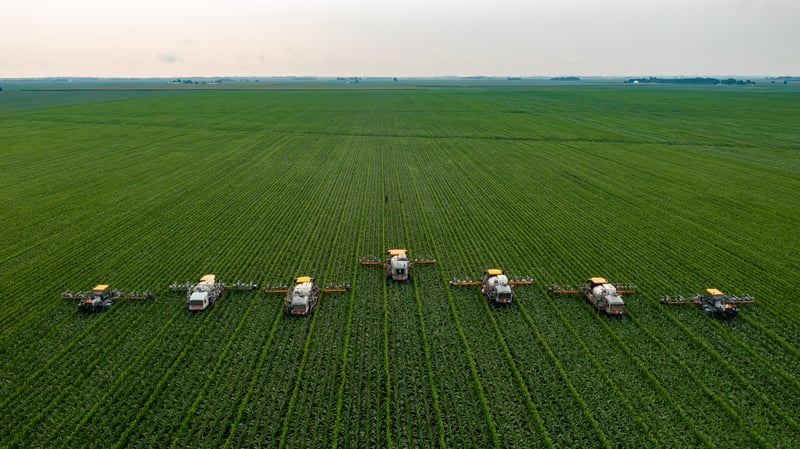
RPM: Partners in Agricultural Equipment Manufacturing
At RPM Industrial Rubber Parts, we pride ourselves on providing quality customer service. Whether you need a standard part to replace an old one or are designing out-of-the-box machinery that requires custom parts, we have got your back. Our experts know just what to do to ensure you get the exact part you need.
If you want a rubber parts manufacturer that is ready to go above and beyond your expectations, then RPM is the place for you. Contact us online or visit our website to learn more about our services: www.rpmrubberparts.com


